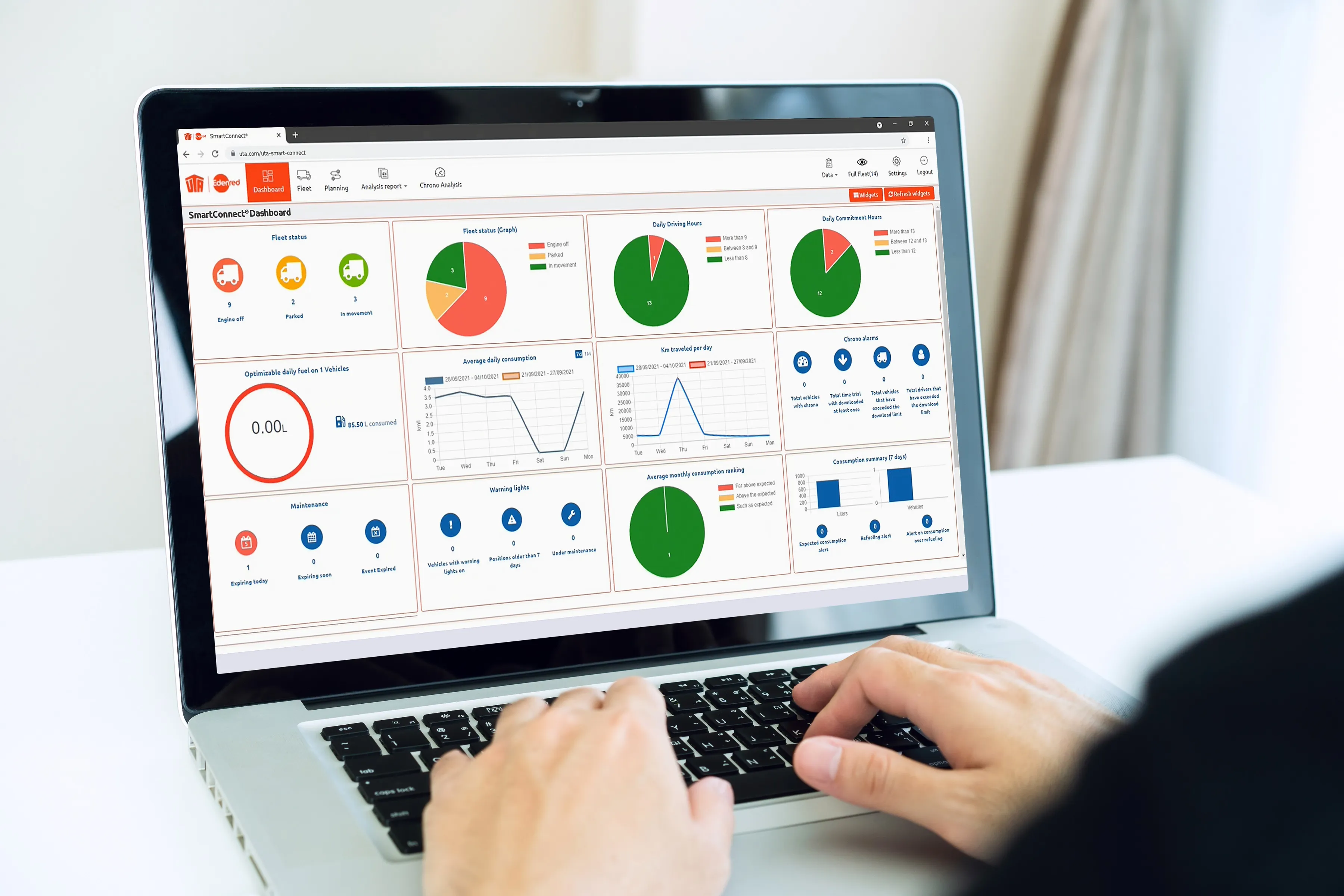Specifically designed for trucking, fleet, and logistics applications, ESRI has announced ArcLogistics Navigator, a complete desktop solution for creating optimised routes and solving scheduling problems.
February 3, 2012
Read time: 1 min
Specifically designed for trucking, fleet, and logistics applications, 50 ESRI has announced ArcLogistics Navigator, a complete desktop solution for creating optimised routes and solving scheduling problems. ESRI claims that organisations that use it typically save 15-20 per cent in fleet-related costs within months of implementation. The savings are attributed to powerful solvers in ArcLogistics desktop that consider customer time windows, vehicle capacity, driver speciality and the nature of the street network, helping route planners sequence stops that result in efficient routes.
Because ArcLogistics Navigator is tightly integrated with ArcLogistics, route planners can now send these optimised stops directly to in-vehicle devices, ensuring drivers follow the exact streets chosen for the route.
Because ArcLogistics Navigator is tightly integrated with ArcLogistics, route planners can now send these optimised stops directly to in-vehicle devices, ensuring drivers follow the exact streets chosen for the route.











